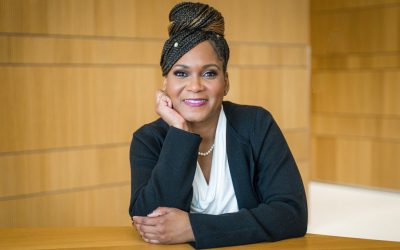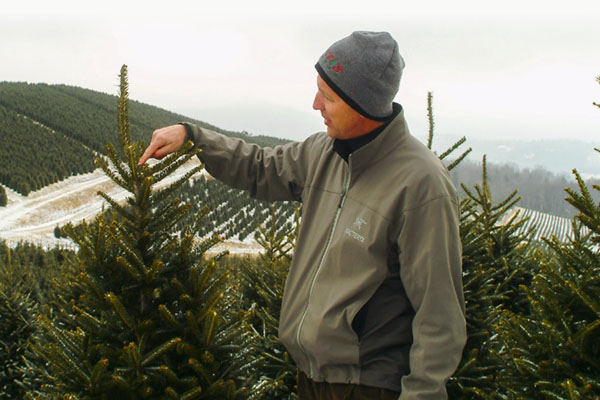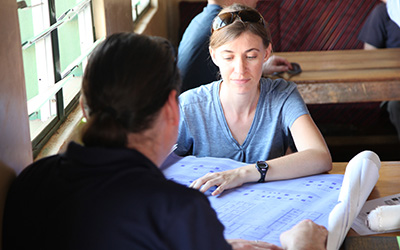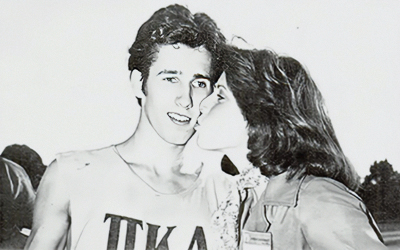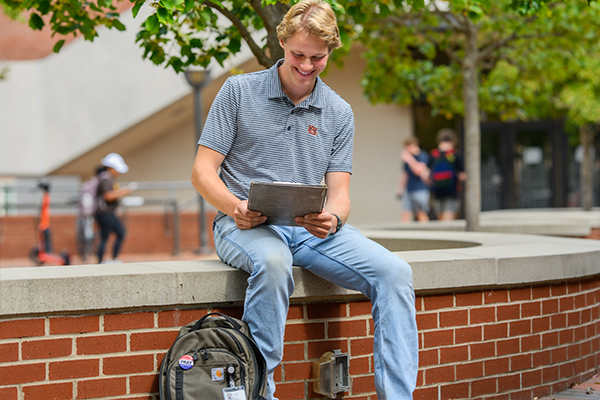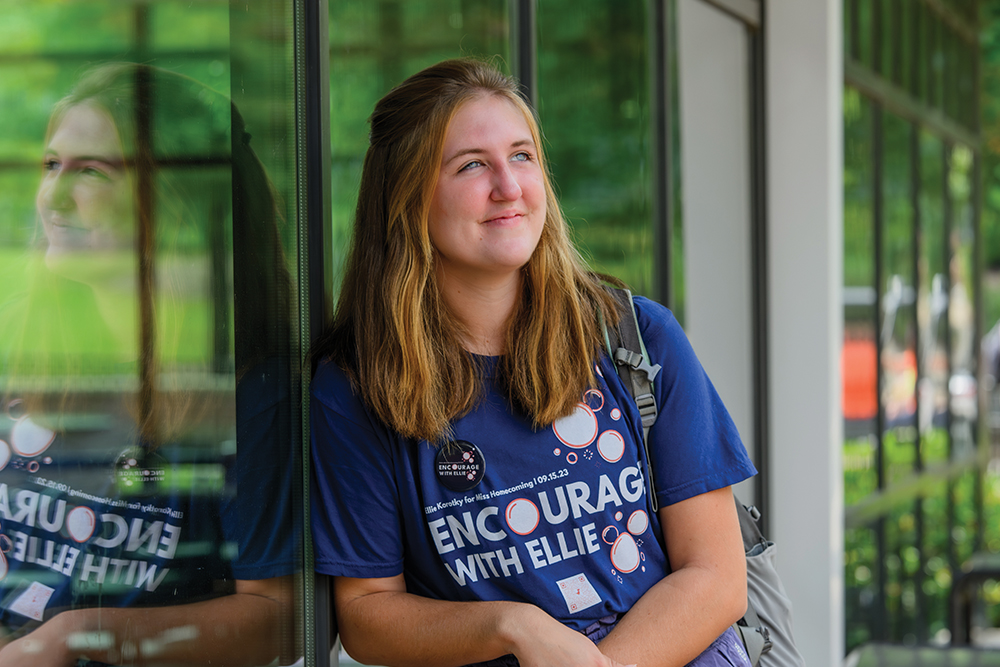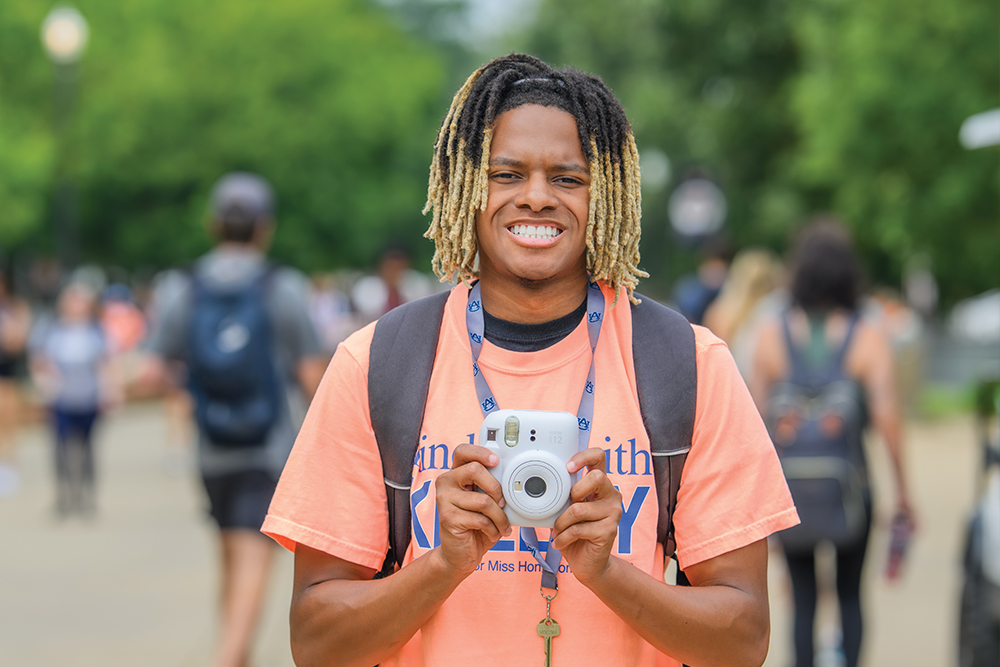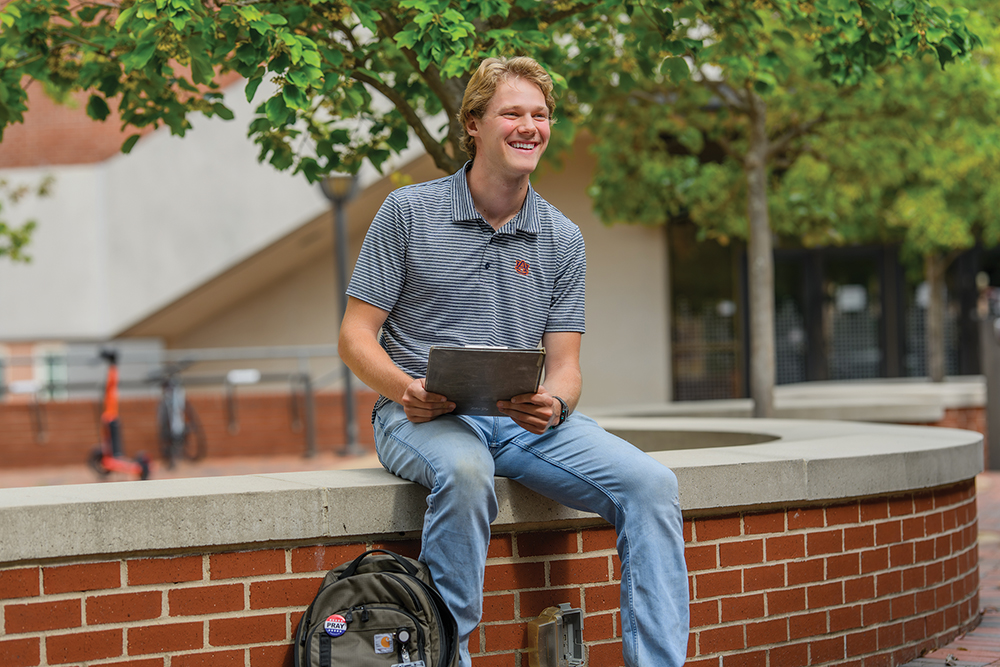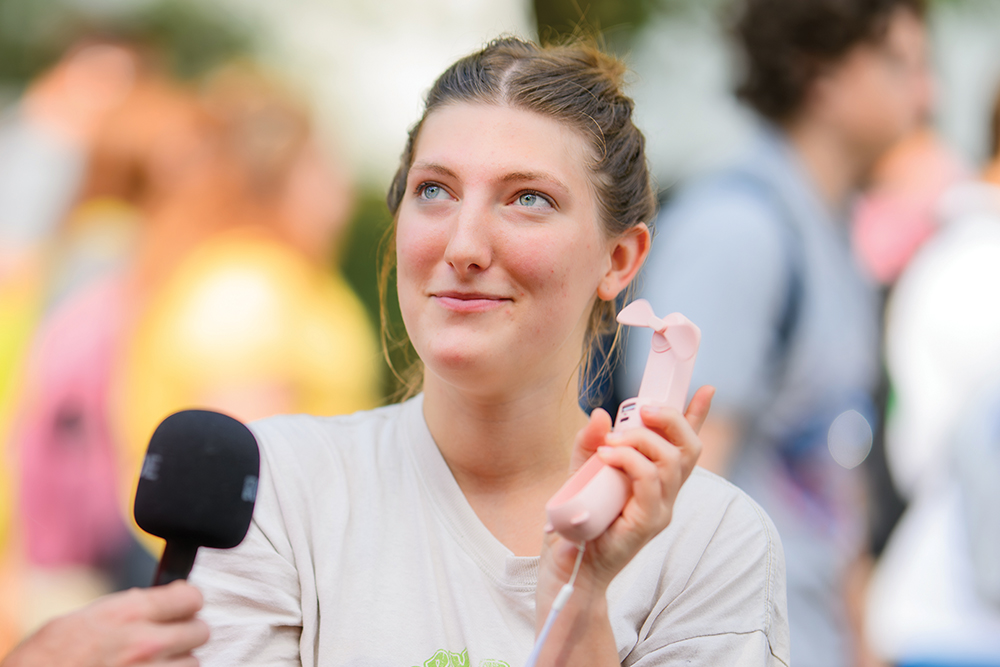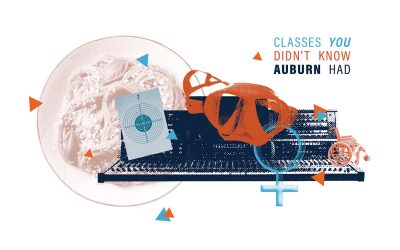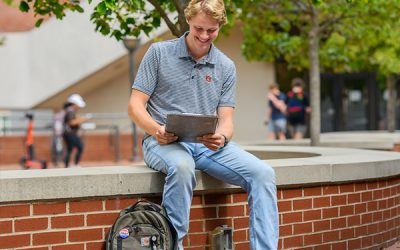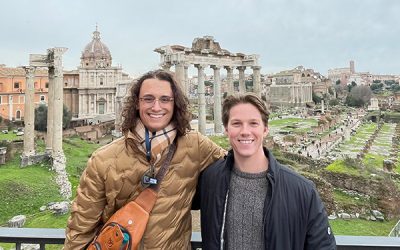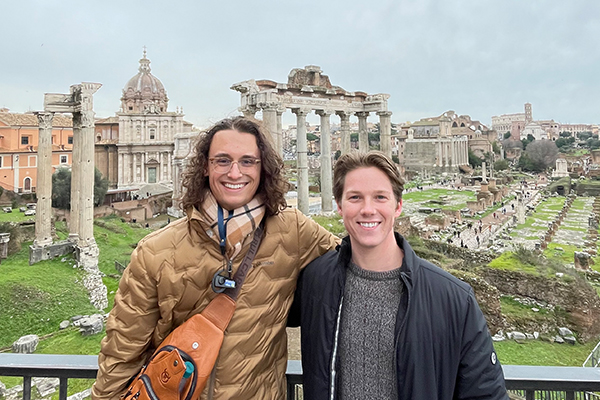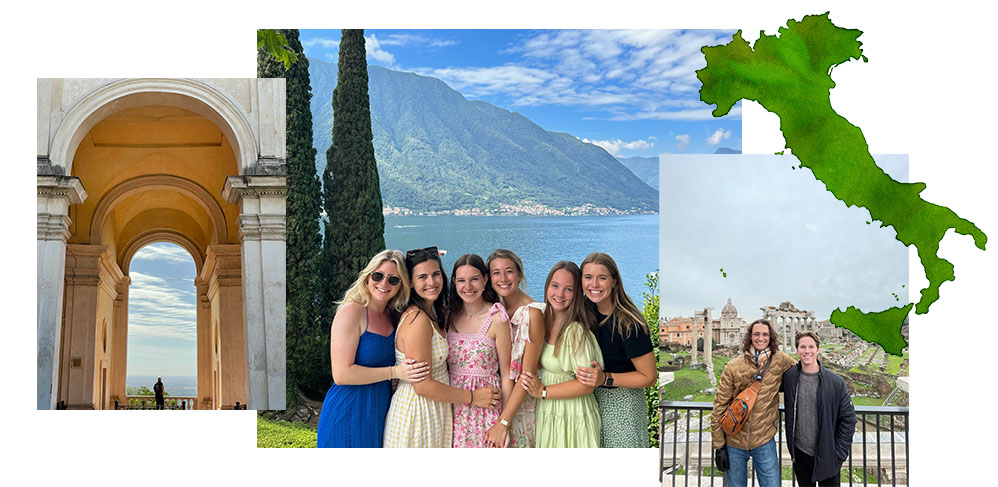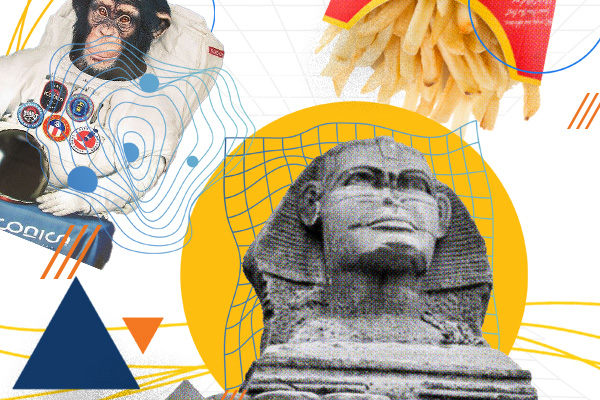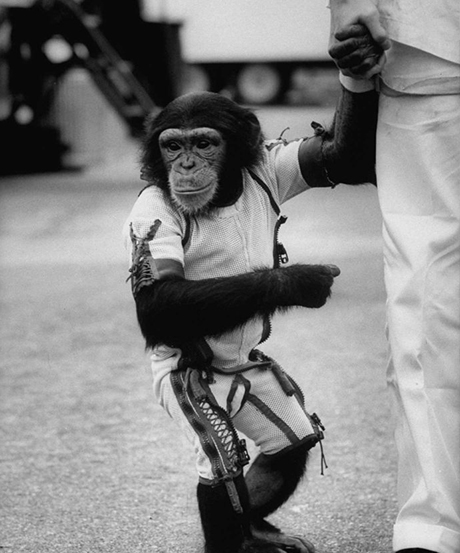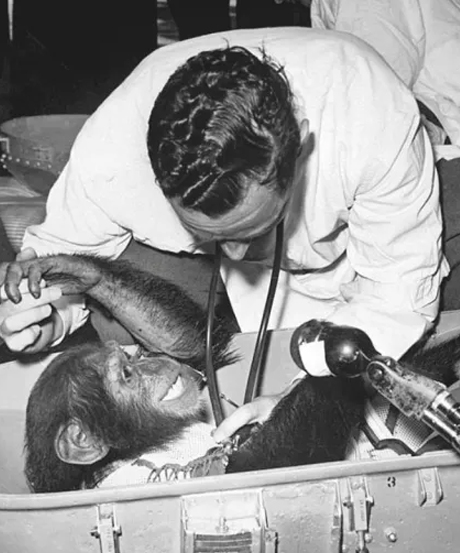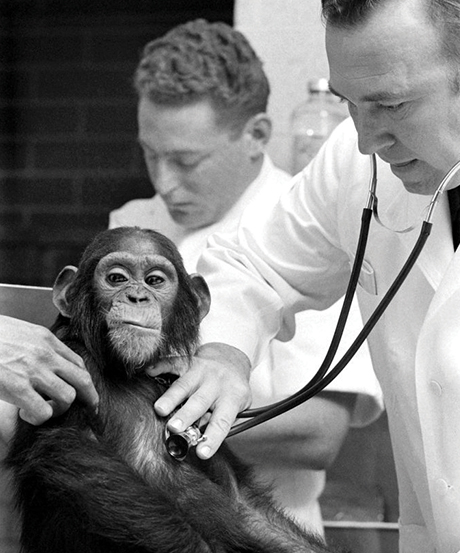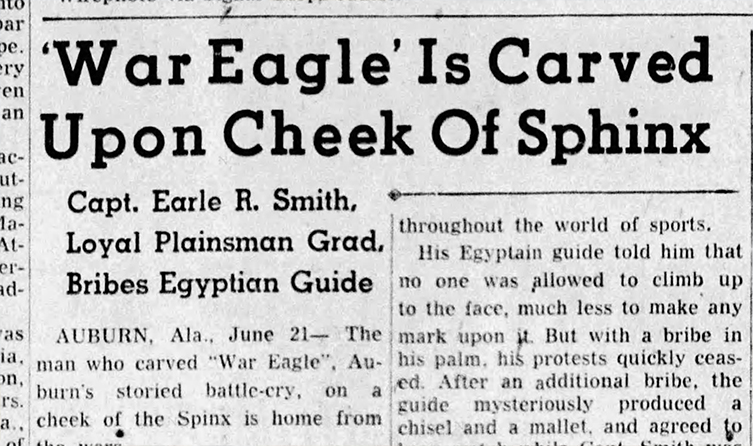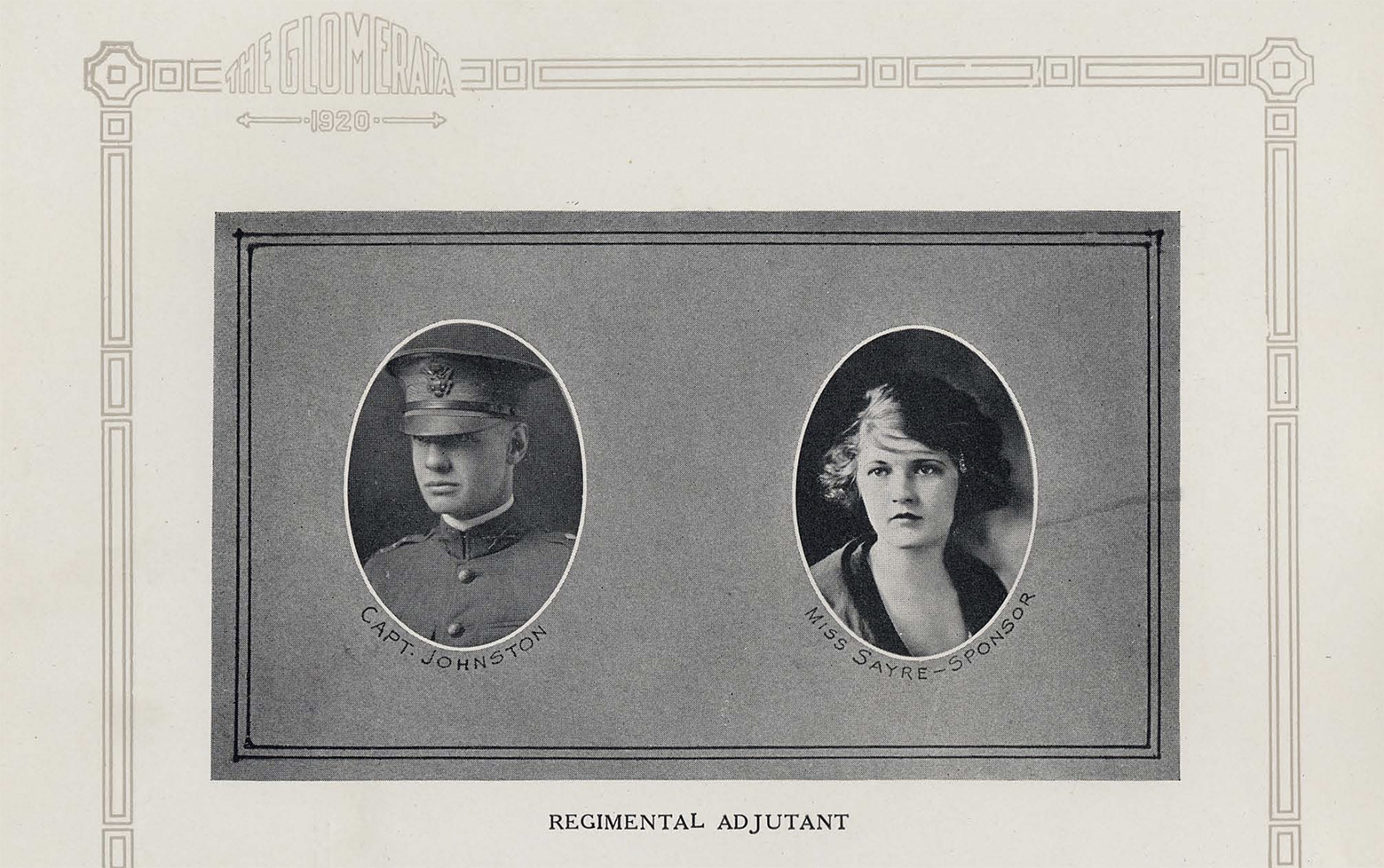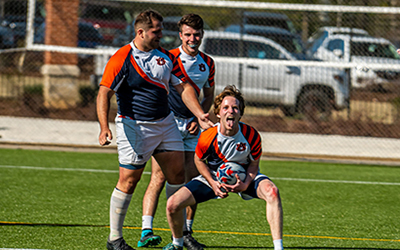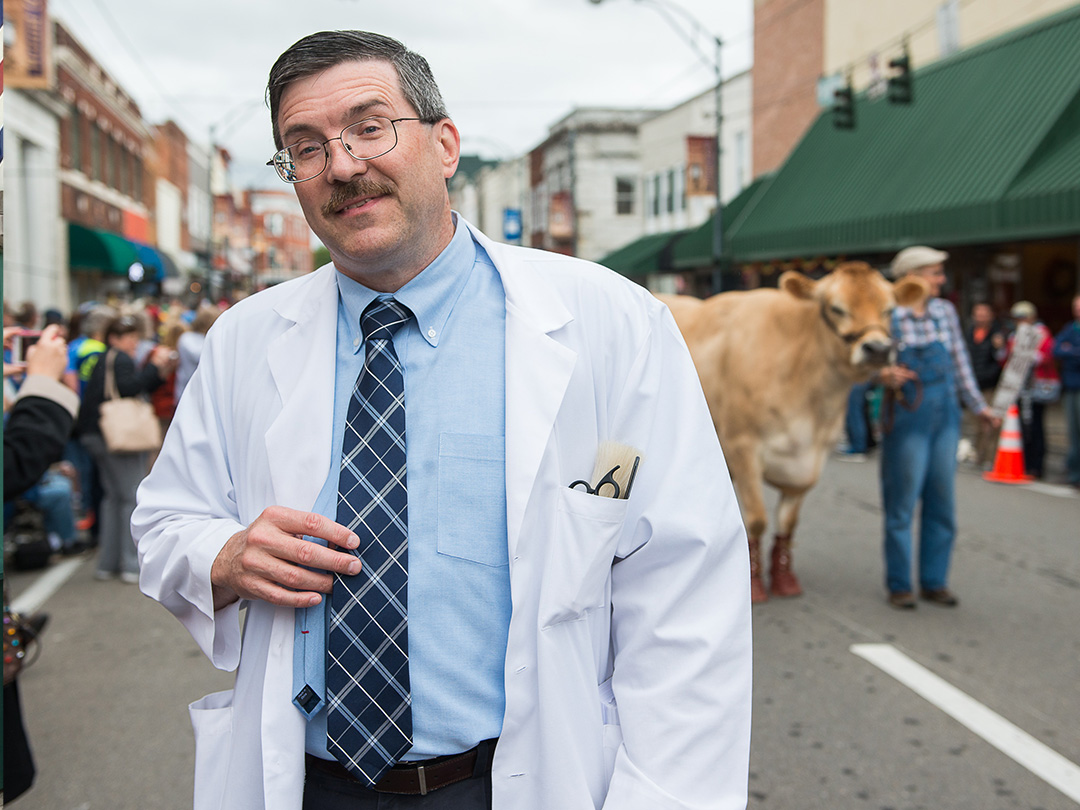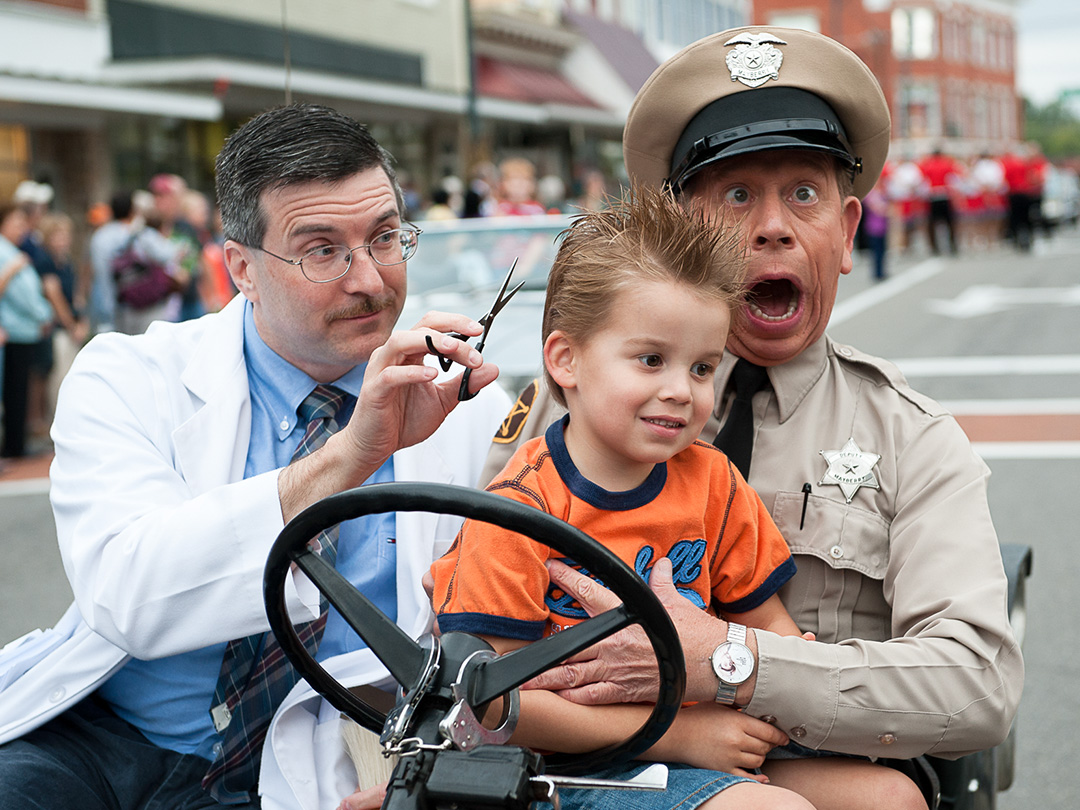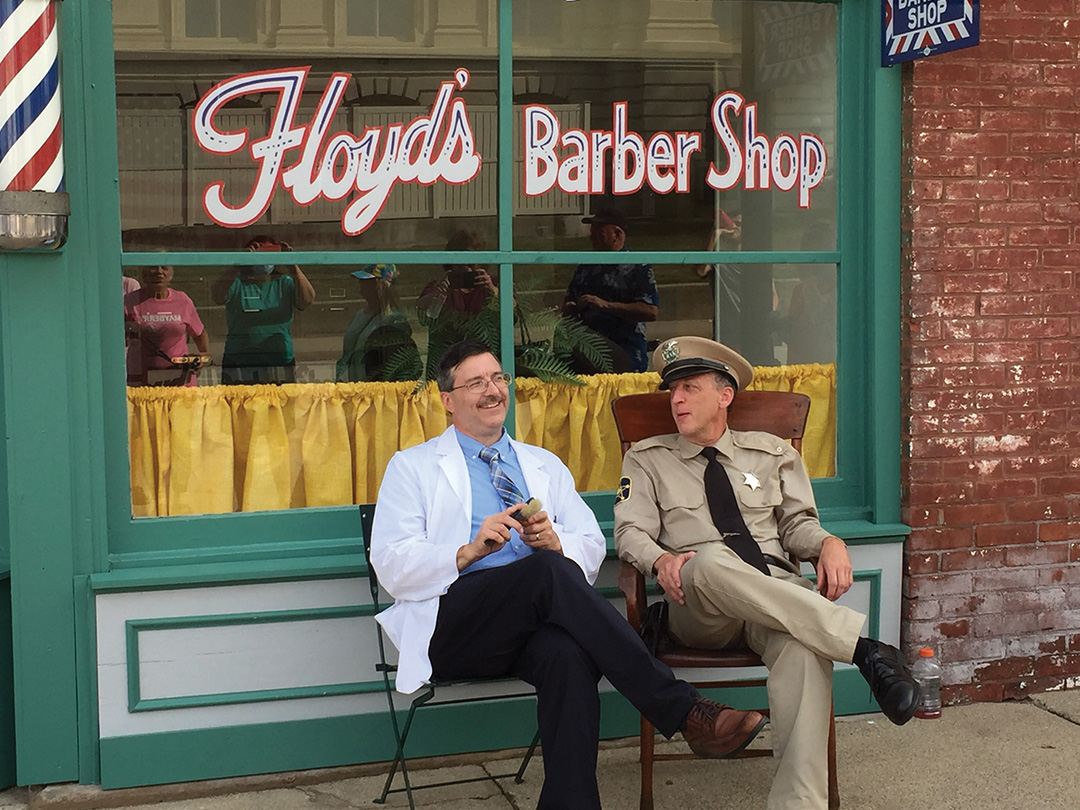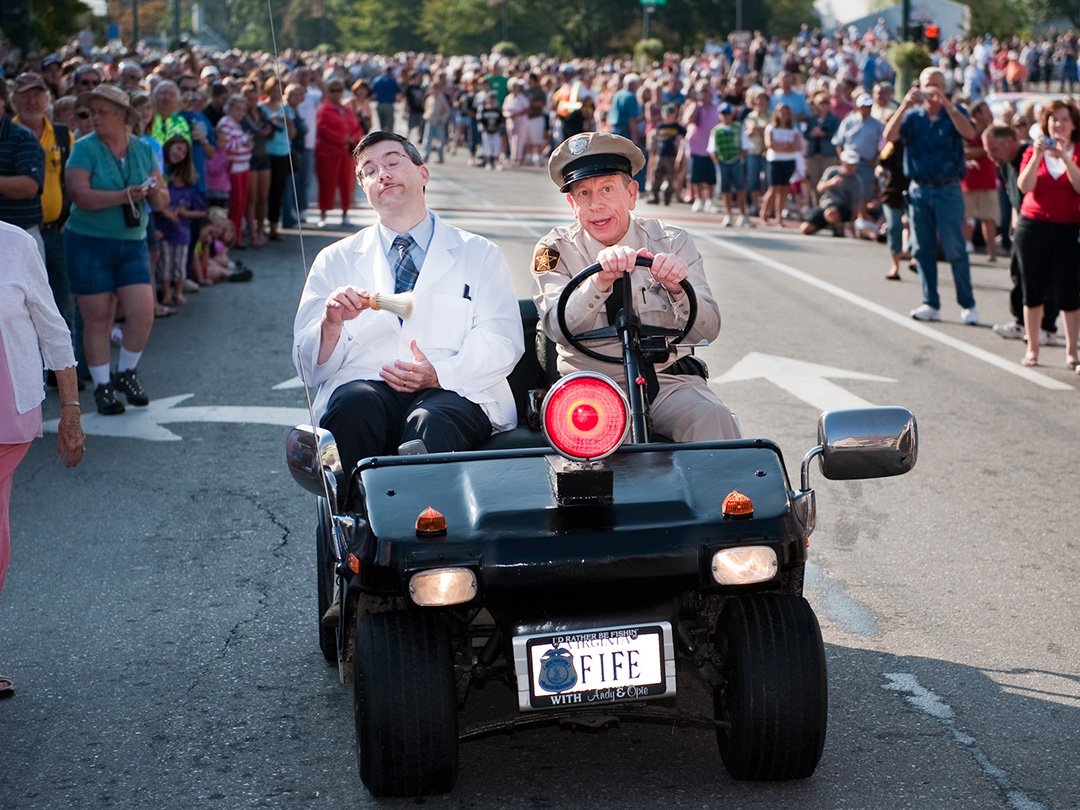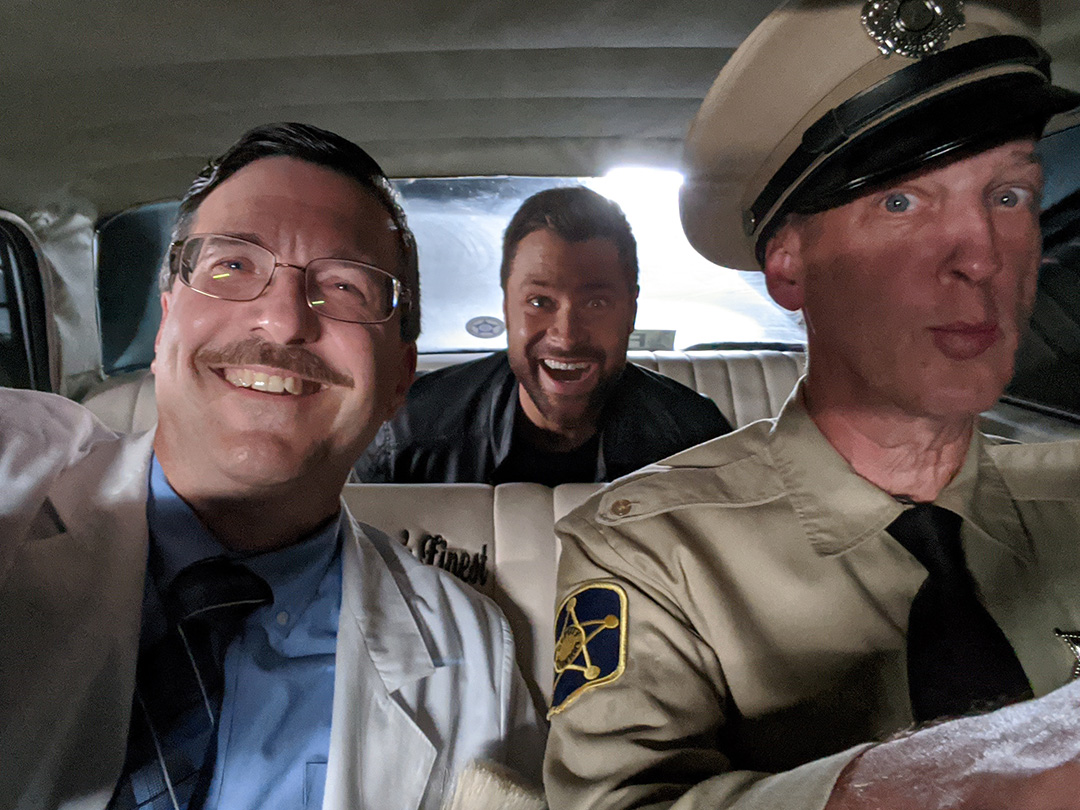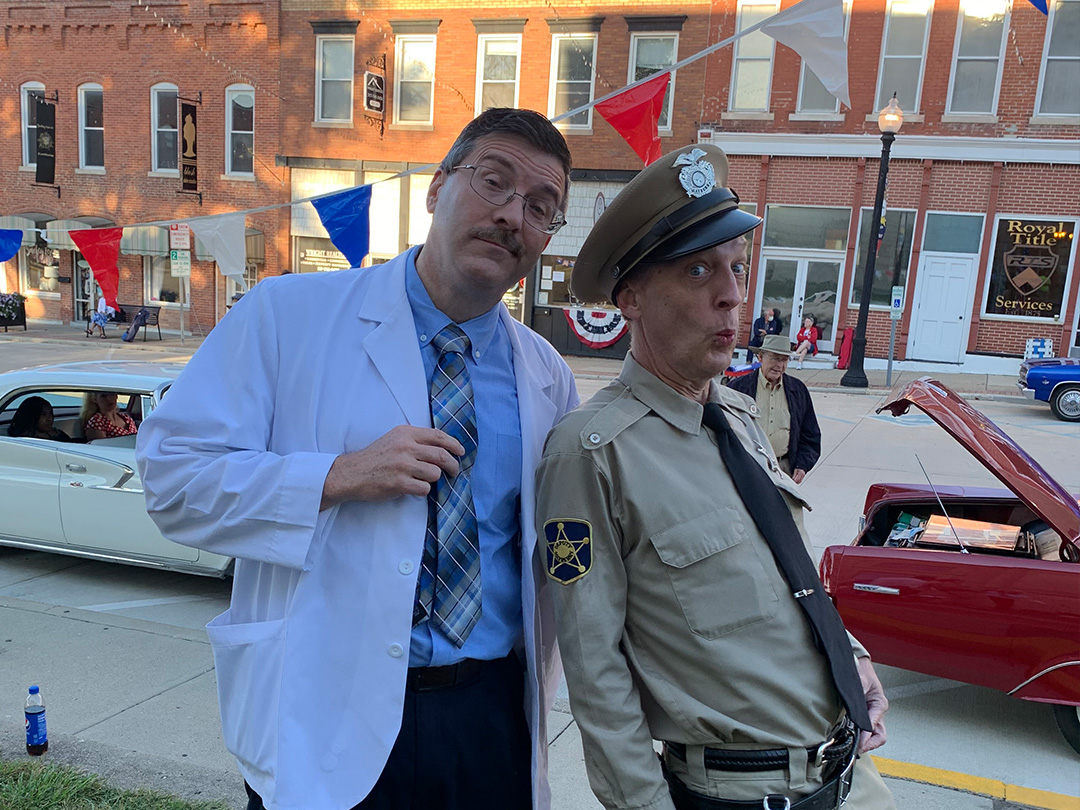Stephanie Todd ’04 keeps your financial secrets safe at one of the world’s largest banks.

Data Defender

Sitting poolside in the bright Antigua sunshine, Stephanie Todd ’04 puts on her headphones to block the noise from her three children playing in a nearby pool. It’s one of the few times she has available to be interviewed.
“It’s actually easier to meet this week than it would be next week,” said Todd. “My workdays are pretty lengthy.”
Todd’s 14-hour workdays as the global operations data steward executive at Bank of America make it difficult for her to find free time. Wake up at 5:15 a.m. Workout from 5:30-6:30 a.m. Get the kids ready and out the door for school by 7:30 a.m. Then work until around 6 p.m. After she puts her kids to bed, she gets back to work taking phone calls for a few more hours until she goes to sleep.
“I have some partners in Asia that I work with. Nighttime for us is usually their morning,” said Todd. “It’s easier to connect with them at night or early in the morning, but most of the time I connect with them at night.”
The hard work and long days are well worth it. She appreciates the ever-evolving challenges and growing expectations that come with her role.
“I believe in our company’s values: giving power to people to elevate the customer and employee experience.”
“That type of experience that she gave me was really just preparation for what I do now. It’s finding an opportunity, bringing an idea forward and then putting the business case together.”
Todd’s impressive career started long before she walked through the Bank of America doors. As an Auburn student, she took advantage of every opportunity available. She joined the gospel choir and the College of Business Executive Society. She was involved in Alpha Kappa Psi, one of Auburn’s business fraternities and served as the president her senior year.
Todd attributes the start of her career to her professor and mentor at Auburn, Sharon Oswald ’76, who led the Harbert College of Business’s Department of Management at the time.
After pitching an idea to rewrite the operations management major to Oswald at the start of her senior year, she set up Todd with a Lowder Hall office to work for a semester. After researching programs at other universities and creating a brand-new curriculum for the major, she finished by presenting her findings and recommendations back to Oswald.
“Unbeknownst to me, that type of experience that she gave me was really just preparation for what I do now. It’s finding an opportunity, bringing an idea forward and then putting the business case together.”
Throughout her four summers as a student, Todd interned for INROADS, a program that works to identify minority talent and prepare them for corporate and civic leadership.
“Four summers of working in a management position [at INROADS] really started to shape how I operate today,” said Todd.
After graduating with a degree in operations management and marketing, Todd worked with Accenture and EY Cybersecurity Consulting before landing at Bank of America, where she works today.
Bank of America is a huge financial institution, with money coming and going all around the world. Someone at the bank must be responsible for making sure the transfer of money is up to code and protected against potential cyberattacks. This is Todd’s responsibility. She and her team work with global regulations to make sure that wherever the money goes, it is following the current laws of the countries it runs through and it is secure.
Without Todd and her teams, Bank of America is at risk of data breaches that could result in identity fraud, personal information leaks, theft and cyberattacks. Much of Todd’s day involves doing regulatory remediation that ensures Bank of America’s global operations are compliant with all global data privacy laws.

Todd works hard to make a positive impact on those around her. In both her career and personal life, she relies on her deep-rooted faith for guidance.
“Having God to architect my life and being in prayer with him is so important,” said Todd. “I would a thousand percent not be in the role I am without Him.”
Todd connects with her team and provides support for everyone around her. She has three methods of regulation she looks to merge into her work: process management, risk management and integration.
She is constantly working to make sure her team is operating and executing their processes correctly and efficiently. When it comes to risk management, Todd always tries to stay ahead of the curve.
“My team has to have the right mindset to make sure that our controls are performing. If we have deficiencies in our controls, we need to fix them so that they continue to help us mitigate risk.”
She also works to keep her peers integrated across the entire organization. It is important for her and her teams to be connected to others in the operations department, as well as leadership teams, risk partners and any other partners they may interact with.
Rather than exponential career growth or early retirement, the first item on Todd’s list of things to master is helping those around her succeed.
“I want to be the person I’m supposed to be, in all capacities. I don’t take my position and my opportunities lightly. They come with expectations, and I have to make sure that I’m doing what is expected of me for the people around me.”
By Kaitlyn McCarthy ’24
More Women of Auburn Stories
Data Defender
Auburn Alum and NBC Entertainment Correspondent, Chloe Melas, is Making News
A meeting at Auburn’s student-run television station launched Chloe Melas’ career as an entertainment news correspondent for VH1, CNN and NBC news.
The Teacher’s Coach
She wanted to be a physical therapist, but now Joy Gaston Gayles ’98 helps support and inspire a new generation of professors.
Data Defender
Stephanie Todd ’04 keeps your financial secrets safe at one of the world’s largest banks.
Auburn Alum and NBC Entertainment Correspondent, Chloe Melas, is Making News
A meeting at Auburn’s student-run television station launched Chloe Melas’ career as an entertainment news correspondent for VH1, CNN and NBC news.
The Teacher’s Coach
She wanted to be a physical therapist, but now Joy Gaston Gayles ’98 helps support and inspire a new generation of professors.


